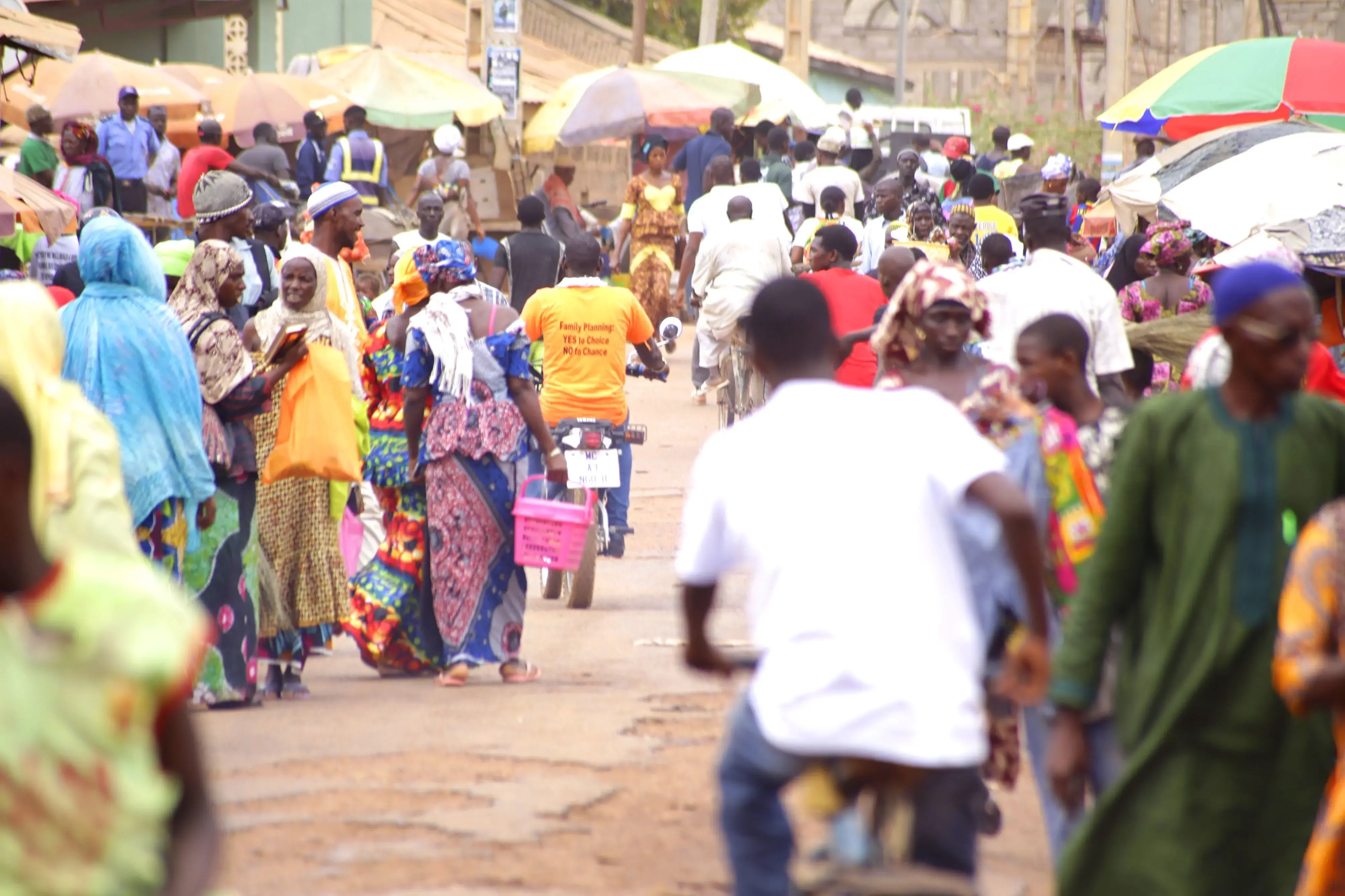The Gambia is one of the smallest countries on mainland Africa with a total land area of about 11,300sq kilometers. With an average height of only 34 meters above sea level, The Gambia is one of the lowest-lying countries in the world. The country has a projected 2021 population of 2.3 million 49.6 per cent of whom are male and the remaining 50.4% females. Currently, the country has a population density of 203 persons per square kilometers, positioning the country amongst the most densely populated in Africa. The population is estimated to be growing at an average annual rate of 3.1 per cent.
Data on population trends of the country point to a seeming acceleration in the growth rate of the country since the 1960s. In 1961, the population of The Gambia was estimated at 0.38 million which rose to 0.44 million by 1969 and rising to 0.62 million by 1979. Most of the increase in the population was experienced from the early 1980s to 2017. The national population exceeded a million (1.03 million) by 1992 rising to 1.5 million by 2006 and reaching in excess of two million (2.02 million) by 2014. The rapid rate of population growth of the country can be attributed to persistently high fertility rates on one hand, and the significant decline in mortality rates over the years on the other.
Marginally, fertility reduction in The Gambia started since the early 1960s. The estimated Total Fertility Rate (TFR) in 1960 was 6.2 which virtually remained at the same level until 1988 when it slightly declined to 6.1. Until 2015, the TFR has been as high as 5.4 children per woman. A more recent estimate generated from the preliminary results of the 2019/20 Demographic and Health Survey of The Gambia put the TFR at 4.8 which is indicative of some gains in national efforts to reduce fertility. It is however evident that fertility remains high and the momentum of growth of the population of the country is yet to be significantly affected by changes in the dynamics of population growth. It is worth indicating that, the high levels of fertility are precipitated by low contraceptive use (CPR = 18 per cent) and prevalence of early marriage and childbearing and the general desire for a large number of children, in a largely traditional society.
In contrast, mortality rates in The Gambia have been declining rapidly. Evidence has shown that in 2020, the death rate for The Gambia was 7.6 per 1,000 people. Over the last 50 years, death rates in The Gambia have been declining significantly from 24.1 per 1,000 people in 1971 to 7.6 per 1,000 people in 2020. Most of the decline in mortality can be explained by the rapid decline in infant and child mortality rates over the years. In 2020, the infant mortality rate for The Gambia was estimated at 42 deaths per 1,000 live births. Between 1970 and 2020, the infant mortality rate of the country declined at a relatively rapid rate shrinking from 128.9 deaths per 1,000 live births in 1970 to 42 deaths per 1,000 live births in 2020.
With the slow rate of decline in fertility and the relatively rapid rate of decline in mortality rates in The Gambia, it is highly likely that the current momentum of population growth would be maintained for the foreseeable future. This implies that the population of the country is estimated to double in 23 years. Considering the small geographic size of the country and the large dependence on agriculture for most of the population, the potential rapid increase in population size is likely to have both economic and social ramifications and policy measures should be instituted to regulate the rate of population growth to mitigate these potential effects.
Population dynamics can be shaped by policies. However, these policies must strengthen, rather than weaken, fundamental human rights and freedoms. Population dynamics are the cumulative result of individual choices and opportunities, and they are best addressed by enlarging these choices and opportunities – especially those related to sexual and reproductive health and rights. When couples can freely decide the number, timing and spacing of their children, evidence shows that more children survive and thrive, and overall fertility levels trend downward.
Sexual and reproductive health and rights also make an enormous difference in the health and lives of all people, especially women, by dramatically reducing maternal and infant mortality rates, helping to prevent the spread of communicable diseases such as HIV, and empowering women to live more self-determined lives.
UNFPA supports the Government of The Gambia through the Gambia Bureau of Statistics to understand and identify such trends, which are critical to development. The agency also advises government and its partners that the best way to ensure sustainable development is to deliver a world where every pregnancy is wanted, every birth is safe, and every young person's potential is fulfilled.


